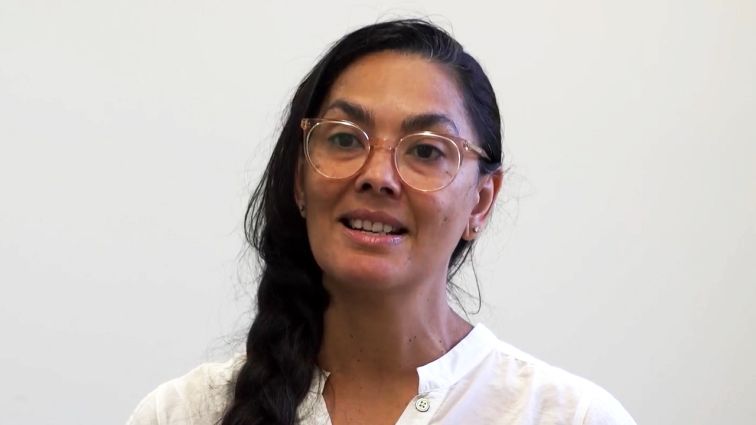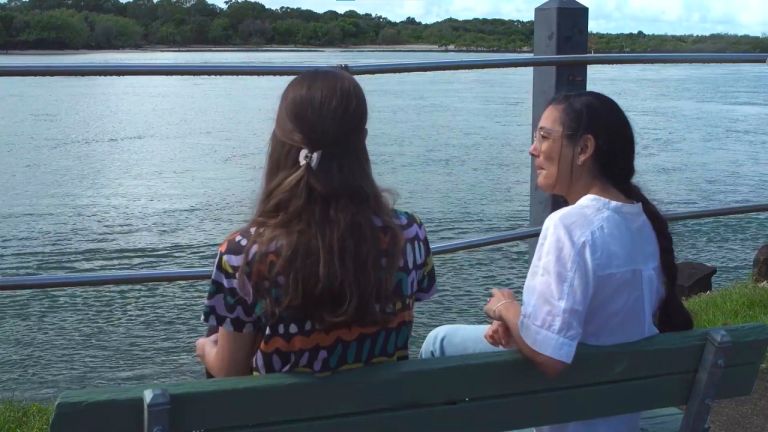[Nina]
Having Telestroke and being able to have somebody there that can visualise what's going on with you and have a conversation with you, that is great technology. Because without that you are in a nursing home. Around about five o'clock in the morning, I had an involuntary movement of my left arm and leg, and I wasn't able to stop it in any way. So I called out for my partner and let him know that this was happening. I basically because I'm a nurse, got down, lowered myself onto the ground, lay in the recovery position and waited for everything to settle down. And that took probably about two minutes, three minutes. And once it settled down we got in the car and we came straight up to the hospital.
[Dr Carlos Garcia Esperon]
I got this call from Tweed Hospital. So she was in the hospital and they were doing different investigations to see what happened. But then suddenly she had a deterioration on her neurological assessment and she developed very, very tense and very weak on the left side.
[Nina]
He explained to me that I'd had an ischaemic stroke which meant there was a small clot. But because of the size of the clot, it was not big enough for retrieving.
[Dr Carlos Garcia Esperon]
In Nina's case, we were very lucky. The team did fantastic. We were able to deliver this treatment very quickly and the sooner we can do this the better as the chance of having a good outcome after thrombolysis increases with the speed of the treatment. And her recovery has been fantastic. Nina was able to come back to normal.
[Nina]
My whole world would've been upside down. I wouldn't be able to nurse. I wouldn't be able to drive. There's so much, like whatever it is that you do in your everyday life would have to be changed. And I haven't had to change anything. I had a month off, for everything just to settle down basically, and to get medication sorted out, but that's it.
[Dr Carlos Garcia Esperon]
Time is brain, so we need to try to dissolve the clots as soon as we can. All these steps that were done for Nina actually happened since the initial call. In less than 60 minutes, Nina had already this treatment going through her veins, which is just fantastic. This is a benchmark that usually we set for large hospitals in large metropolitan areas. And currently we are doing that in rural Australia.

